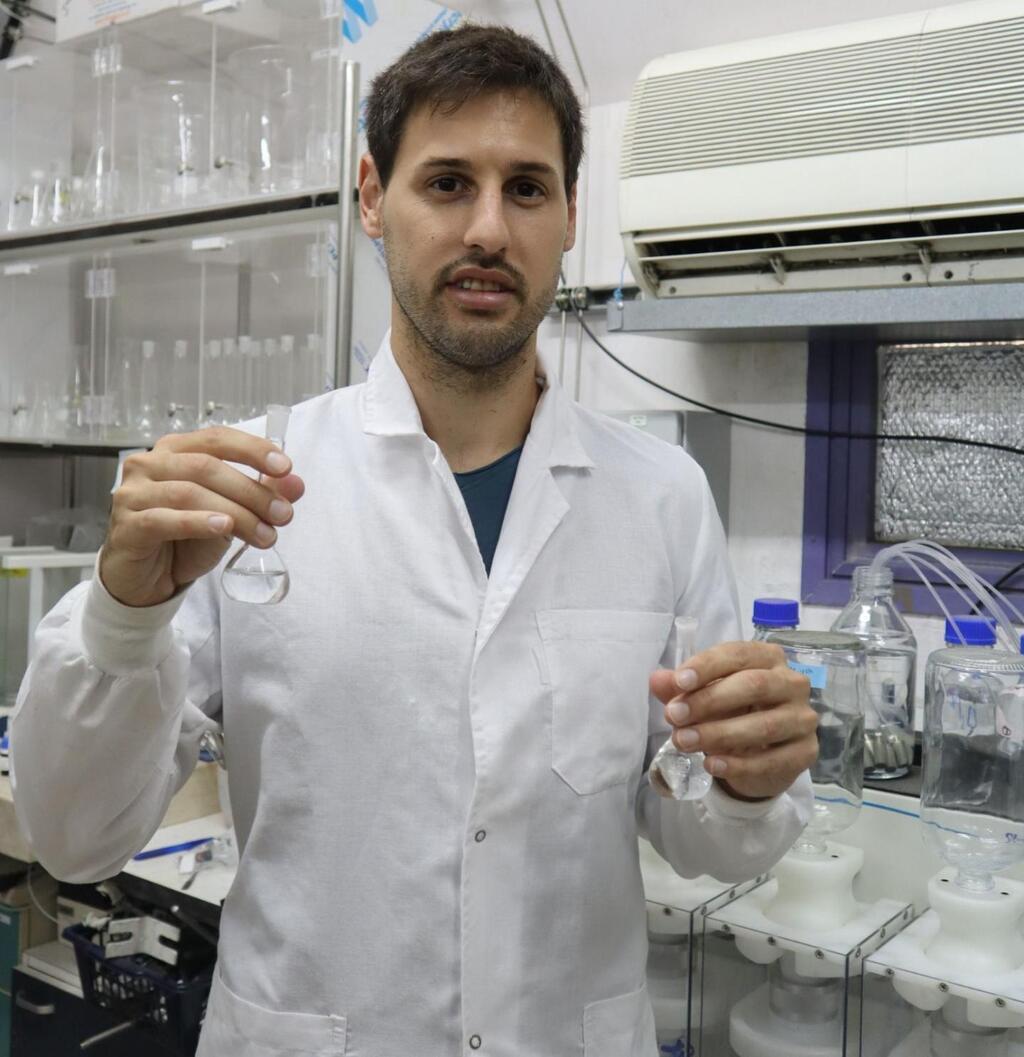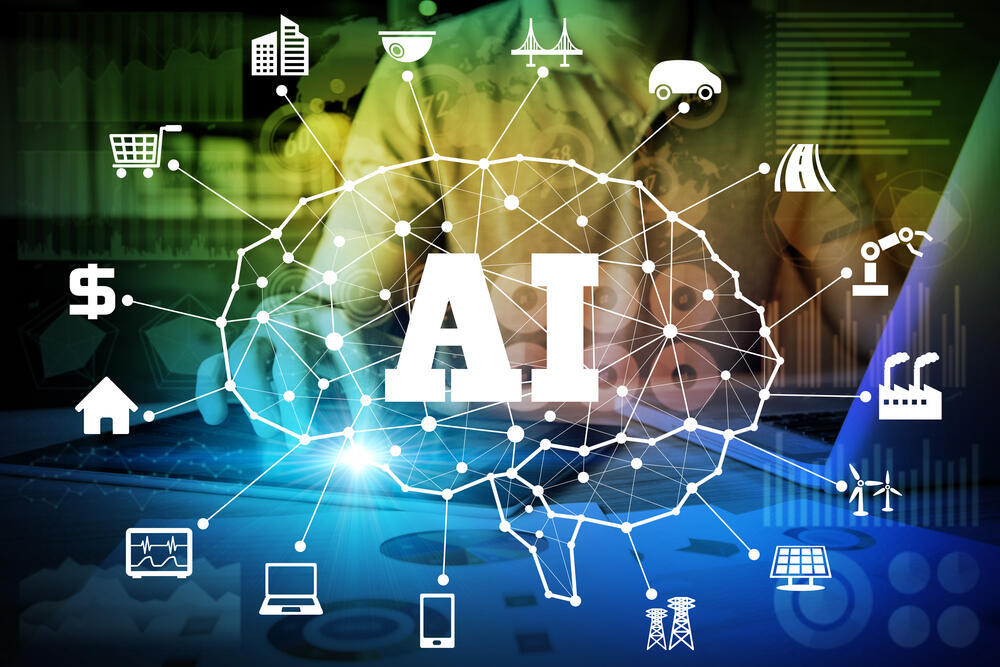Getting your Trinity Audio player ready...
Researchers from Tel Aviv University's Hydrochemistry Laboratory have developed an artificial intelligence model to predict the presence of contaminants in wastewater.
Based on data from wastewater treatment plants in Israel, the system achieved an accuracy rate of about 90% and can provide real-time alerts on abnormal concentrations.
The research, led by PhD student Ofir Inbar and Prof. Dror Avisar from the Hydrochemistry Laboratory at the Porter School of Environmental and Earth Sciences at Tel Aviv University, was conducted in collaboration with Dr. Mony Shahar, Yaakov Gidron and Ido Cohen from the Center for Artificial Intelligence and the School of Computer Science at Tel Aviv University, and Dr. Ofir Menashe from the Kinneret Academic College. The study's findings were published in the journals Journal of Water Process Engineering and Journal of Cleaner Production.
"More than 80% of the world's wastewater is untreated, and two billion people lack access to adequate sewage systems. In the developing world, wastewater is often discharged into potential water sources like rivers and lakes or infiltrates groundwater, exacerbating existing water crises," Inbar explained.
"Even in developed countries like Israel, a world leader in wastewater treatment, management and operation of treatment plants still rely on traditional laboratory tests, which can lead to failures and environmental contamination. We aimed to develop advanced AI tools to improve and streamline these purification processes, thereby saving money and protecting the environment."
Wastewater is water contaminated by domestic, agricultural or industrial waste. Israel currently operates dozens of wastewater treatment plants (WWTPs) that purify this water before it is returned to water sources or reused for agricultural irrigation (treated effluent).
"Wastewater treatment generates vast datasets of biological, chemical, and physical data from sensors and laboratory tests," Inbar said. "We want to analyze these data as close to real-time as possible to optimize the operation of WWTPs. In the first of our two studies, we examined a WWTP that discharges treated water into the Yarkon River after primary, secondary and tertiary treatments.
"The major issue we identified was fluctuations in phosphorus concentration. The data showed that this concentration is highly variable, so we created a system capable of reliably predicting abnormal phosphorus levels. The algorithms we used calculate variables such as temperature, precipitation, wastewater characteristics, and chemical and biological properties, achieving an impressive accuracy rate of up to 87%."
In a follow-up study, researchers examined the secondary process in wastewater treatment. This crucial and costly process relies on microorganisms to break down waste and purify water.
"Currently, when there is a suspected issue in the treatment process, a water sample is taken and sent to an external lab, where experts manually examine it under a microscope to estimate the microorganisms present," said Inbar. "This testing is very expensive and, more importantly, very slow. The WWTP receives the lab report several days after the sample is sent, often rendering the report irrelevant."
Inbar explained their use of artificial intelligence. "We used machine learning to train a system to identify microorganisms in images taken during the secondary treatment process, at 400x magnification," he said.
"The challenge was to build a database from scratch, as no such database existed, and train the machine to recognize important microorganisms like protozoa and filaments, as well as physical components in the treatment process such as flocs—clusters of particles. This is a significant challenge because the system must identify these tiny organisms in images taken underwater, with all the distortions and reflections, and provide near real-time alerts about any imbalance in the microorganism populations.
"Of course, the 'library' we built can and should be expanded and deepened, with higher magnifications and additional light spectrums like infrared, to monitor more microorganisms in the water and achieve increasingly accurate results. The goal is to create a machine learning-based tool that assists WWTP operational engineers in real-time, optimizing the decomposition of contaminants during secondary treatment and producing high-quality treated effluent, a key water resource for agricultural irrigation."



